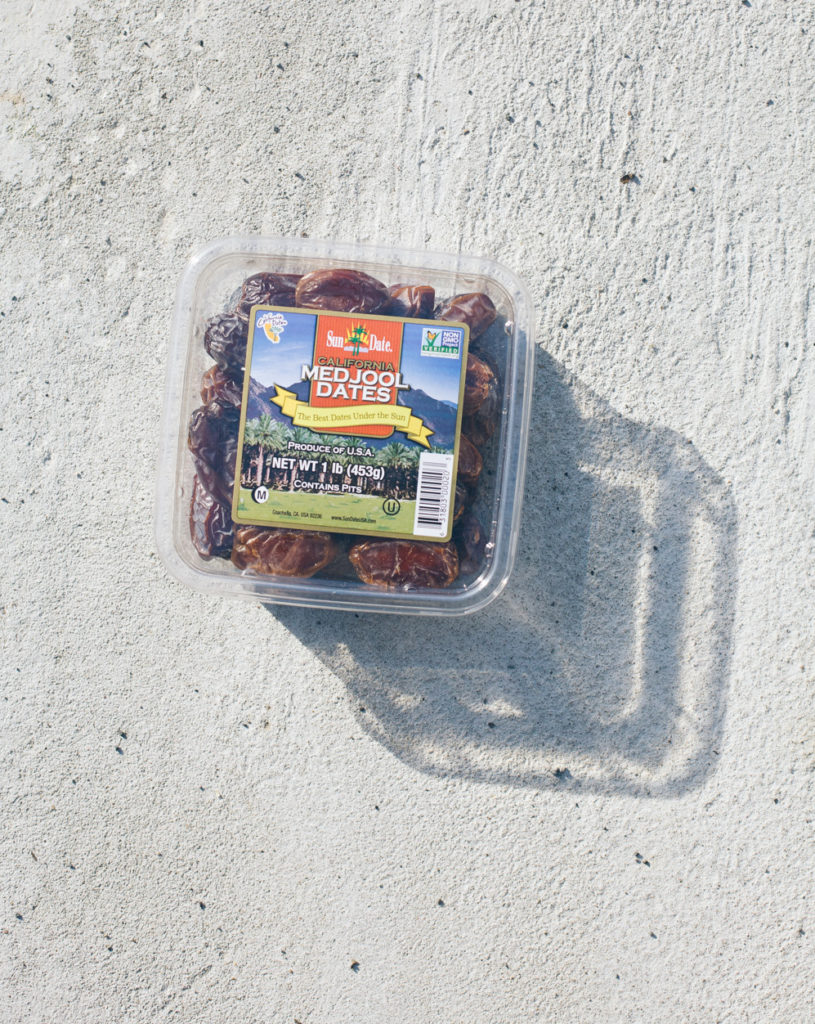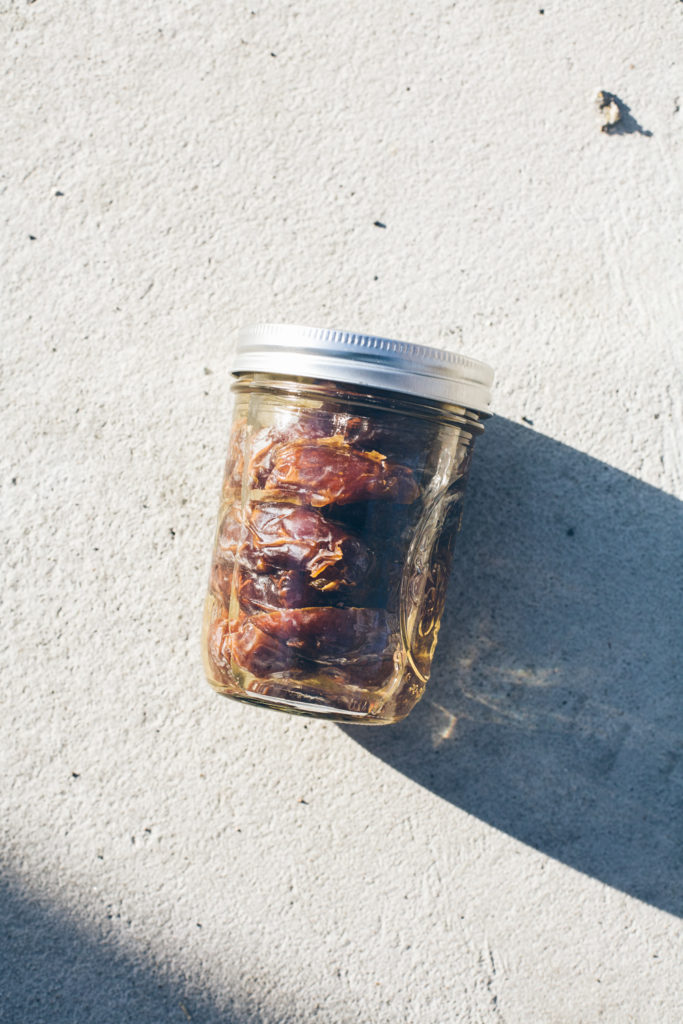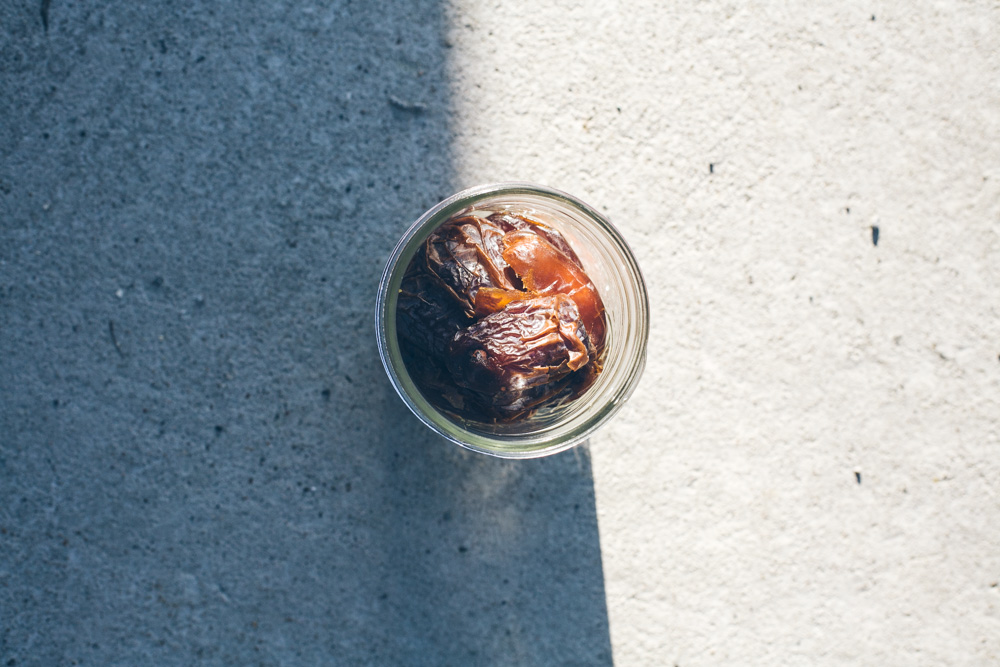If you aren’t already familiar with how to make date paste, here’s what you need to know: It’s essentially a four-step process. Trying it gives you a new valuable player in your unrefined-sweetener game. It doesn’t take much time, and it offers all kinds of uses. Here’s how!

To anyone who’s used unrefined sweeteners, tried a sugar-free diet or blended raw ingredients to make desserts, Medjool dates are nothing new. Plump and meaty, they’re sweet enough to flavor the crust of raw brownies and beneficial enough to be recommended to pregnant women in their third trimesters. Use them to make date paste, and they become even more versatile.
When you know how to make date paste at home, you have an exciting option for creating healthy, nutrient-dense baked goods or treats. Considered by many as an effective one-to-one substitute in recipes, date paste is another way to get the sweetness in a dish from an unrefined source.
Health Benefits of Dates
From a nutrition standpoint, using dates to sweeten recipes not only cuts the negative impacts of processed sugar, but it also ups the nutritional value of your dish. These little fruits are high in several vitamins and nutrients. They’re loaded with fiber, so your body breaks them down slowly, giving you a more sustained release of energy over time. This means you don’t have to worry about getting a sugar crash or spiked blood sugar levels. Furthermore, dates have been linked with anti-oxidant, anti-inflammatory, anti-tumor and anti-diabetic benefits, according to at least one 2014 study.
Typical Prices for Dates
On a site that cares about saving money, it’s worth mentioning that dates do tend to be expensive. A pound of dried dates retails for $8 at a Nashville Kroger. Online, if you’re willing to buy five pounds at a time on Amazon, there’s a lower bulk rate available at $5.20/pound. Last week, though, I notice that Aldi’s selling them for $4 and change, so that’s when I figure it’s time to experiment.
I want to test the date-paste phenomenon for myself. Here’s what I do.

Step One: Pit the Dates
If I’d bought dates that were already pitted, I could skip this step. I didn’t, so I start making date paste by slicing each one, removing the hard center and any stem. Then, I set the pitted dates together in a jar (a bowl or dish would also work).
Step Two: Soak the Dates
Opinions are mixed on how much, at what temperature and how long to soak dates before blending them into a paste. You can soak them for as little as 10 minutes in hot water or for as long as a whole day in enough water to cover them. The overriding principle, though, is to soften them.
I fill a mason jar with pitted dates, add enough water to cover them and set it in the kitchen while I do other things, which works out to be about two hours.

Step Three: Strain the Dates
Unless you soaked them in a very small amount of water, the next step is to strain them. I strain mine over a bowl.
Tip: Save the liquid! It’s naturally sweetened water perfect for making tea or coffee with, throwing into a smoothie, adding in oatmeal, etc.

Step Four: Purée the Dates
Last but not least, I blitz the dates. You can use any strong blender or food processor, but a Vitamix is ideal. As the dates break up and become more of a homogenous mixture, I add back some of my date liquid (other options include water, or some people use coconut milk!) to achieve a paste-like texture. How thick or thin your paste becomes depends on how soft your dates were, how strong your blender/processor is, how long you run it and how much liquid you add.


The Results
My resulting paste is thick and orangey brown, more sturdy than applesauce but more spreadable than maple syrup. It’s sweet and tastes exactly like mashed up dates: caramely, earthy. It was a snap to make, and I already know I would do it again.
Now I just have to figure out how to use it.
First thought, spread on sourdough bread: a hit. Next thought, swapped in a bake good: stay tuned. Amanda from Heartbeet Kitchen has a great date ice cream we loved this year; having date paste on hand would save a step.
Here are a few other ideas I’ve found online:
Ways to Use Date Paste
- Swap one to one for sugar when baking breads, cookies, bars, etc. (stick to recipes that will work with a date flavor)
- Spread it on crackers, bread or toast
- Add some to smoothies or oatmeal
- Combine some with olive oil and lemon juice to make a salad dressing
- Try it in homemade ice cream for a great alternative sweetener that aids a creamy texture
- Swirl it in yogurt
What about you? Have you made date paste? What are your favorite ways to use it? I’d love to know!
disclaimer: This site uses Amazon affiliate links, through which it may earn a small commission on any products purchased. Want to support Go Eat Your Bread with Joy? Shop Amazon favorites in this store!



One thought on “How to Make Date Paste”
Comments are closed.